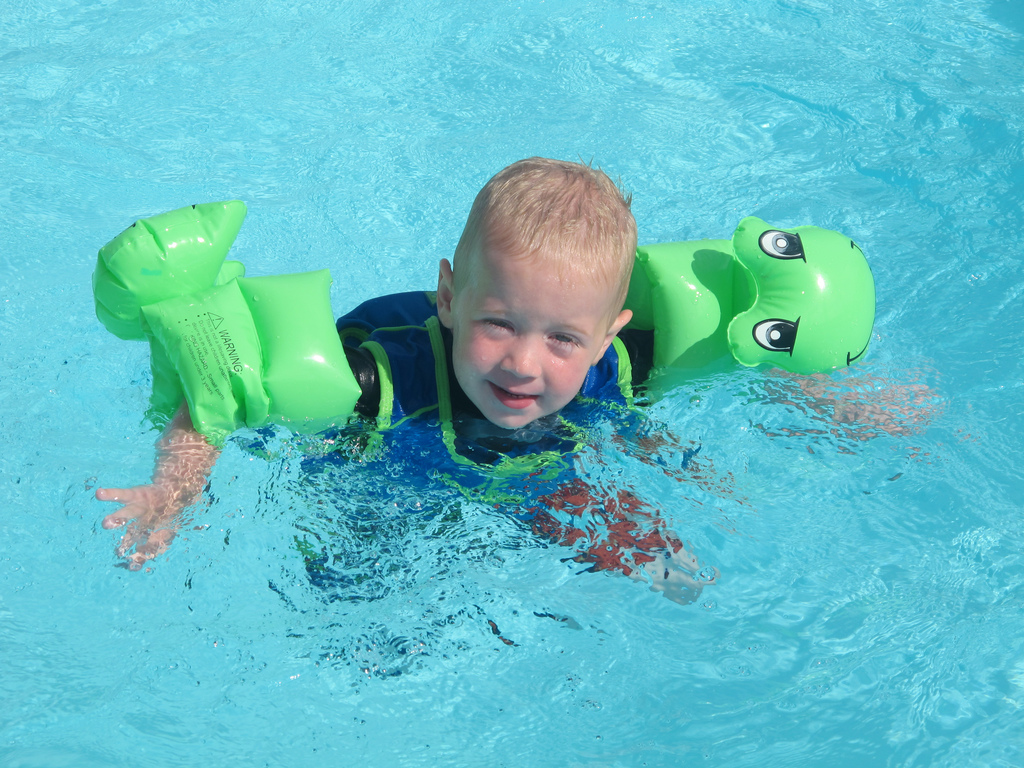
South Carolina has specific regulations about how swimming pools are to be constructed, inspected, and maintained, for the safety of those who use them. For example, outdoor public swimming pools must be enclosed by a chain link fence or equal barrier at least six feet high, under Regulation 61-51. These barriers must have gates or doors with latches that close automatically and can be locked. No openings are allowed in these fences that are large enough for a four inch sphere to pass through.
How Common Are Swimming Pool Accident Injuries?
- Drowning is the third leading cause of unintentional injury death in the world, accounting for 7% of all deaths related to injury, as stated by the South Carolina Department of Social Services (DSS).
- In 2019, our state was tied with another for the ninth highest rate of fatal, unintentional drownings in the country.
- Among children ages one to four, drowning is the leading cause of unintentional injury death in South Carolina.
- 45% of drowning fatalities among children ages five to 14 occur at public pools.
- Among children ages five to 14, drowning is a leading cause of unintentional injury death in the U.S., second only to motor vehicle accidents, as reported by the CDC.
- More than 4,000 people die from drowning every day in the U.S., at an average of 11 deaths per day.
- In addition to the fatalities, approximately 8,000 nonfatal drowning occur every year, at an average of approximately 22 per day. Nonfatal drowning can cause serious injuries, including brain damage and permanent disability.
How Do Swimming Pool Drowning Accidents Happen?
A number of factors can contribute to swimming pool drowning accidents, including the following, as reported by the CDC:
- Inability to swim: Children and adults who cannot swim or who are weak swimmers have a higher risk of drowning.
- Lack of supervision: Drowning can occur rapidly and quietly anywhere water is present, particularly among unsupervised children. It can happen not only in swimming pools, but also in oceans, lakes, streams, and bathtubs.
- Failure to wear life jackets: During any water activities, including swimming in a pool, life jackets can prevent drowning.
- Missing or inadequate fences around water: Proper fencing prevents young children and elderly people with cognitive disorders from gaining access to swimming pools without their caregivers’ knowledge. Effective fencing that provides a barrier to the pool on all four sides can greatly reduce the risk of a child drowning.
Who Is Liable for Swimming Pool Accidents Caused by Improper Fencing?
Swimming pool accidents fall under South Carolina premises liability law. Property owners can be held liable for accidents and injuries that occur on their premises if they allowed a hazard to exist and failed to take steps to correct it or to adequately warn visitors. Injured parties can hold negligent property owners accountable by filing claims for compensation.
Normally, the responsibility of property owners to prevent harm to visitors applies to people who are invited onto the property, such as customers, patrons, or invited guests. Trespassers have little or no protection for injuries they suffer because of a hazard on someone else’s property. However, as swimming pools present an “attractive nuisance” to young children, property owners are held to a higher standard and required to secure their pools to keep children out, even when they are trespassing.
If you or your child has been injured in a swimming pool accident, contact a Charleston premises liability attorney at Allen Law at (843) 882-5005. We have the knowledge and experience to accurately evaluate your case, deal with all parties involved on your behalf, and fight for the compensation you deserve.

